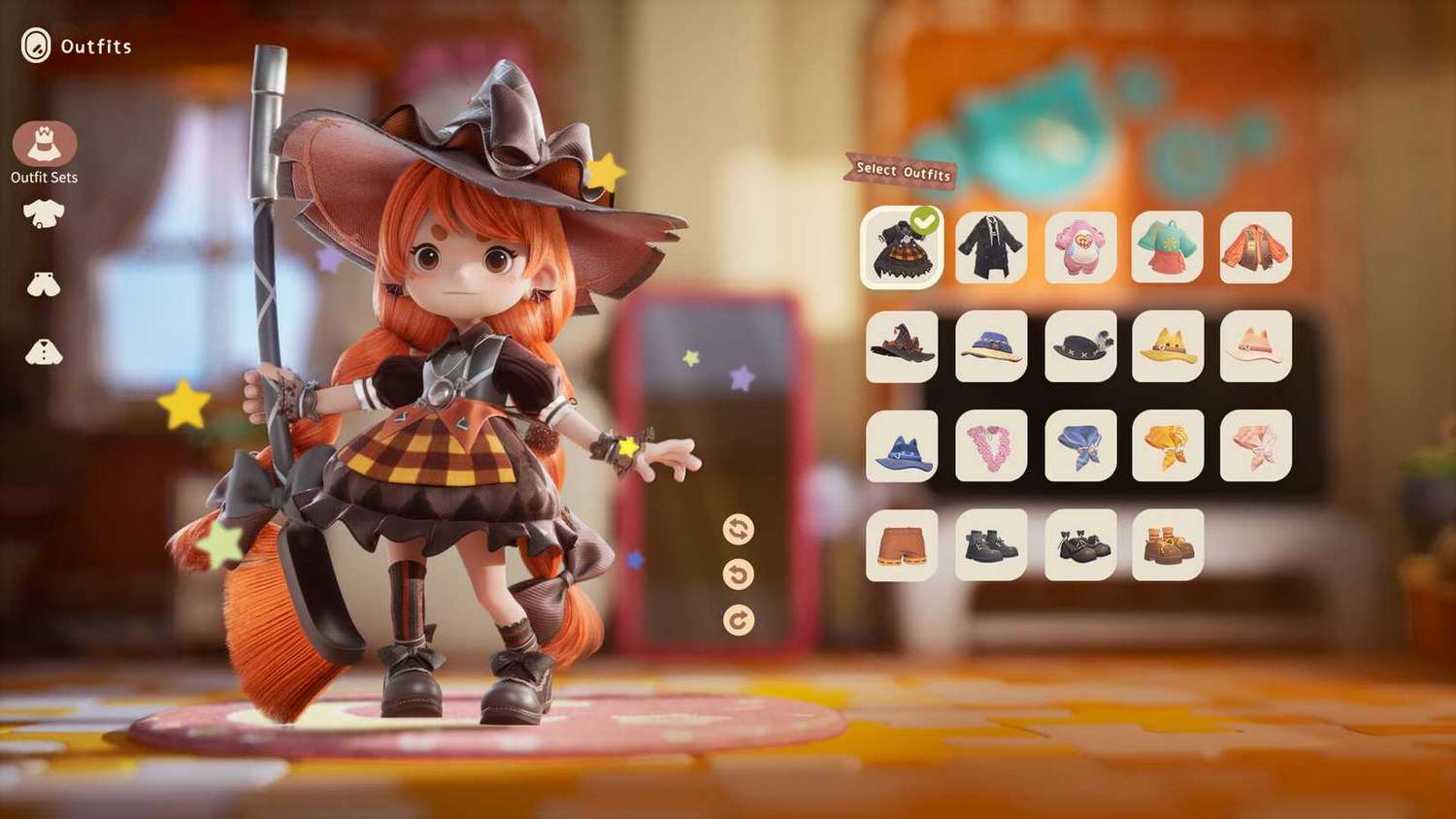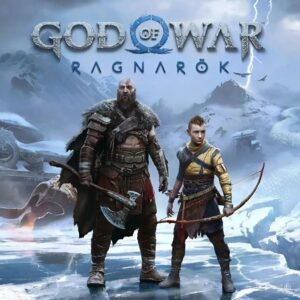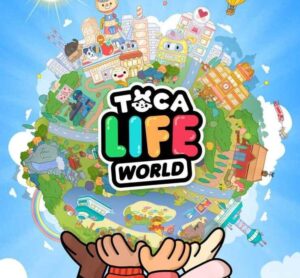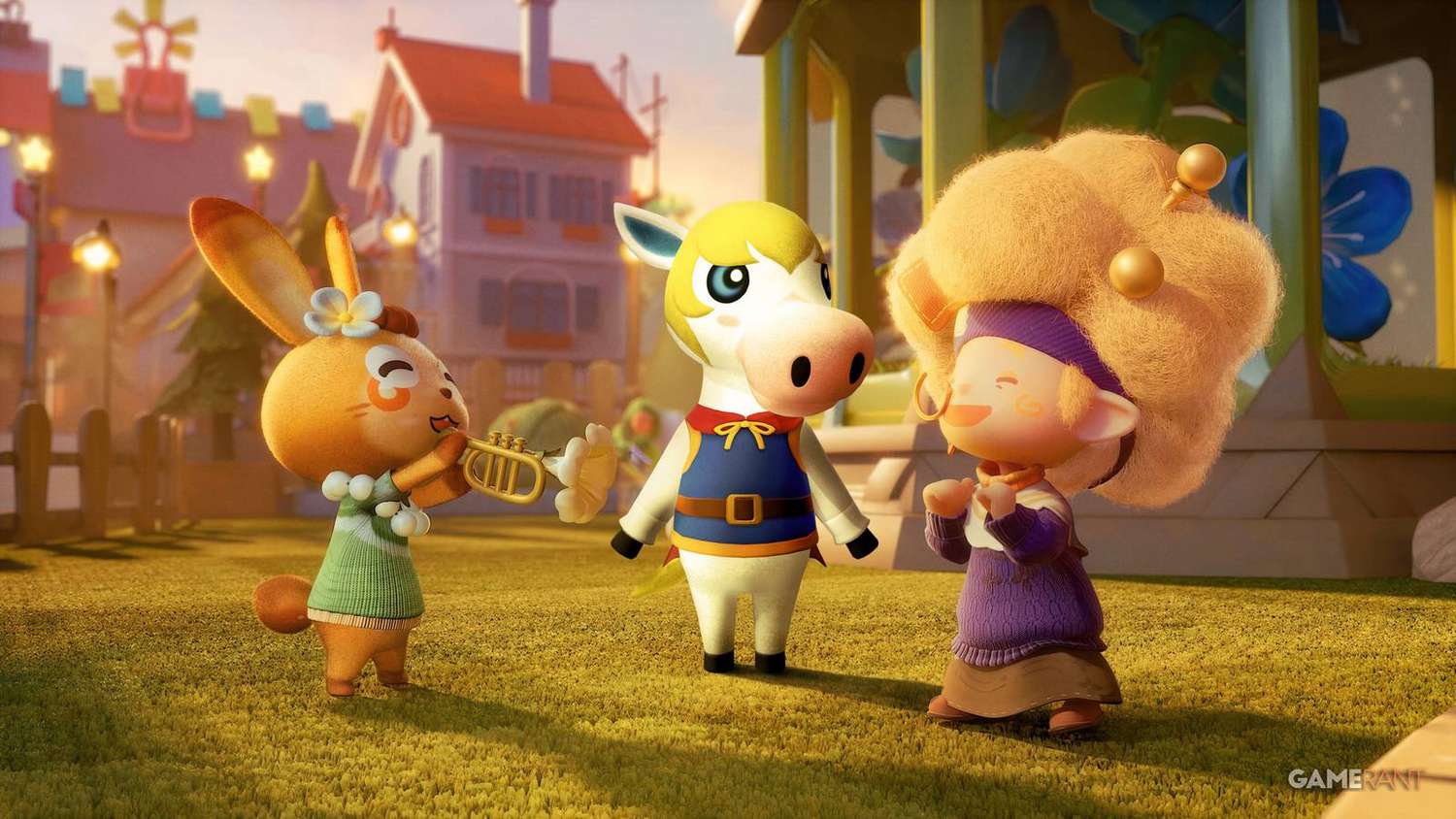The $600 Million Challenge: Why ‘Palia’ is the Definitive Contender to Nintendo’s ‘Animal Crossing’ Crown
Popular Now
 Auto X Drift Racing 3
Auto X Drift Racing 3
 Genshin Impact
Genshin Impact
 Rust
Rust
 FIFA 23
FIFA 23
 Fall Guys
Fall Guys
 CarX Street
CarX Street
 PUBG Mobile
PUBG Mobile
 Fortnite
Fortnite
 Roblox
Roblox
 Geometry Dash
Geometry Dash  For decades, Nintendo’s Animal Crossing franchise has reigned supreme as the uncontested sovereign of the cozy life simulation genre. Its real-time mechanics, charming aesthetic, and stress-free gameplay have resulted in colossal commercial success, with Animal Crossing: New Horizons moving over 40 million units globally, establishing a formidable moat around the genre. However, the rapidly expanding market for “cozy games” is finally seeing a genuine, well-funded challenger. The game in question, a highly-anticipated title now in active open development, is making it “obvious now” that a direct, head-to-head confrontation is not just imminent, but inevitable. That competitor is Palia, a ‘Community Sim’ MMO that is leveraging key industry trends and a massive investment capital to directly target the dedicated $600 million demographic of lifestyle and simulation game enthusiasts.
For decades, Nintendo’s Animal Crossing franchise has reigned supreme as the uncontested sovereign of the cozy life simulation genre. Its real-time mechanics, charming aesthetic, and stress-free gameplay have resulted in colossal commercial success, with Animal Crossing: New Horizons moving over 40 million units globally, establishing a formidable moat around the genre. However, the rapidly expanding market for “cozy games” is finally seeing a genuine, well-funded challenger. The game in question, a highly-anticipated title now in active open development, is making it “obvious now” that a direct, head-to-head confrontation is not just imminent, but inevitable. That competitor is Palia, a ‘Community Sim’ MMO that is leveraging key industry trends and a massive investment capital to directly target the dedicated $600 million demographic of lifestyle and simulation game enthusiasts.
The notion of a new game dethroning an established IP like Animal Crossing might seem ambitious, but a closer analysis of Palia’s unique selling proposition (USP) and its platform strategy reveals a deliberate, and highly effective, calculated risk. Palia is not merely imitating the successful decorating, fishing, and collecting loops of its predecessor; it is fundamentally evolving the genre by integrating core Massively Multiplayer Online (MMO) mechanics, a strategic move designed to secure a far broader and more lucrative player base.
The Strategic MMO Difference: Co-op, Community, and Premium Monetization
The most crucial differentiator is Palia’s seamless integration of a true multiplayer experience, a factor where even the wildly successful Animal Crossing: New Horizons (ACNH) falls short. While ACNH offers limited co-op sessions for a small group of friends, Palia is built from the ground up as a shared, persistent world. This distinction addresses a long-standing demand within the cozy gaming community—a real sense of communal progression and shared activity. The recent addition of an animal husbandry system (as teased in development updates) and the focus on shared crafting activities cement this communal core. For instance, advanced cooking recipes often require multiple players to coordinate tasks simultaneously, transforming a mundane life-sim chore into a meaningful, collaborative gameplay event. This inherent sociability drives powerful organic growth and long-term player retention.
 Furthermore, this MMO structure provides a highly effective framework for premium monetization, a key area for high Cost-Per-Click (CPC) keyword targeting. While ACNH relies on a single purchase, Palia operates on a free-to-play model, generating revenue primarily through optional cosmetic items and microtransactions for player and housing customization. In the world of gaming news, this model is a proven engine for sustainable growth, drawing in players who are hesitant to pay an upfront console price and ensuring a constantly refreshed stream of content to retain the existing audience. The potential for continuous revenue generation is a strong indicator of its long-term viability as a serious market player.
Furthermore, this MMO structure provides a highly effective framework for premium monetization, a key area for high Cost-Per-Click (CPC) keyword targeting. While ACNH relies on a single purchase, Palia operates on a free-to-play model, generating revenue primarily through optional cosmetic items and microtransactions for player and housing customization. In the world of gaming news, this model is a proven engine for sustainable growth, drawing in players who are hesitant to pay an upfront console price and ensuring a constantly refreshed stream of content to retain the existing audience. The potential for continuous revenue generation is a strong indicator of its long-term viability as a serious market player.
Platform Strategy: A Direct Assault on Nintendo’s Moat
Nintendo’s primary shield for Animal Crossing is its platform exclusivity—the game is only available on the Nintendo Switch. Palia’s developers, Singularity 6, have shrewdly bypassed this limitation. The game is already available on PC and the Nintendo Switch itself, and its multi-platform availability ensures it reaches players who own high-end gaming PCs or other consoles, immediately expanding its total addressable market far beyond the Nintendo ecosystem. This multi-platform release strategy is a direct challenge, placing a highly competitive alternative right next to ACNH on the digital storefronts of the very console that has protected Nintendo’s dominance.
The focus on high-fidelity graphics and a unique, distinct art style also elevates Palia above many of the indie titles often compared to Animal Crossing. Its visuals are closer to a high-end animated feature than a traditional life-sim, appealing to a generation of players accustomed to high production values in their video games. This attention to visual quality further strengthens its position in the fiercely competitive PC gaming landscape.
 The Market Verdict: A New Era of Cozy Simulation
The Market Verdict: A New Era of Cozy Simulation
Recent developments, including the high player concurrency numbers seen on its launch and the dedicated community feedback driving its post-launch roadmap, confirm Palia’s momentum. The game has seen millions of registered players in its early phases, a monumental figure that suggests a substantial portion of the life-sim audience is ready for an evolution of the genre. Palia is not just a game; it’s a meticulously engineered commercial product designed to capture a significant share of the simulation games market. The free-to-play, cross-platform, MMO-lite formula is the inevitable next step for the cozy genre, a concept Nintendo has been slow to adopt.
While Animal Crossing will remain a cultural touchstone and a strong gaming franchise, the rise of Palia signals the end of its uncontested monopoly. For players, this competition is entirely beneficial, promising continued innovation, deeper multiplayer experiences, and a richer selection of high-quality new games. Industry analysts and game reviewers are now widely recognizing Palia as the new benchmark for cooperative life-simulation, positioning it to seize the throne from the undisputed champion and usher in a new, community-focused era for the cozy genre.









 The Market Verdict: A New Era of Cozy Simulation
The Market Verdict: A New Era of Cozy Simulation